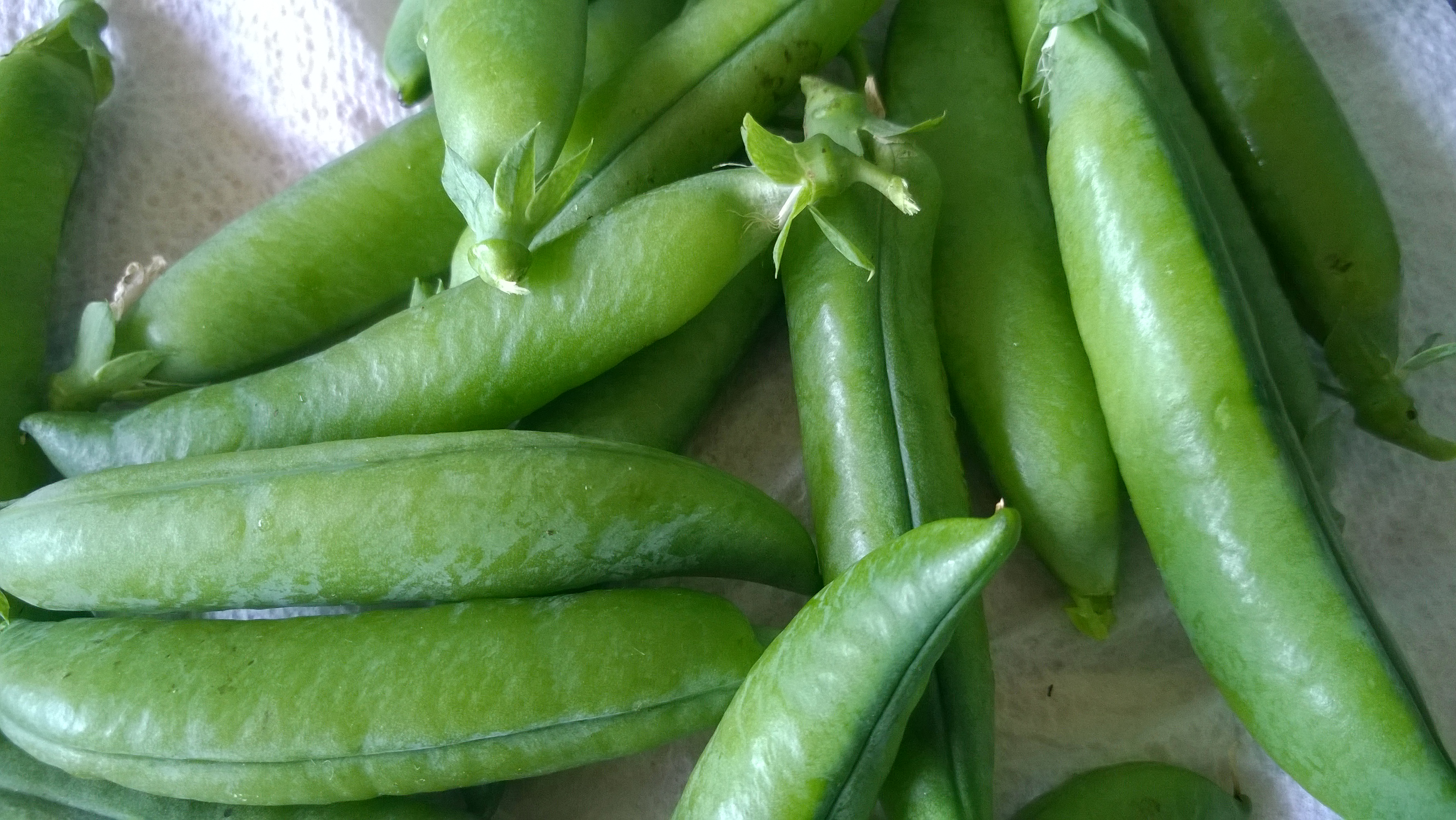At this time of year two of my favourite pastimes come together in a happy fusion. Cooking and gardening are two of my abiding passions and are apt to lead me into flights of rapture. Yes. I am that sad.
The first soft fruit, asparagus, even the ubiquitous and over-abundant courgette, demand to be celebrated, by which I mean, cooked with respect, and eaten with delight. Gardeners often complain about a surfeit of produce, and refer to it as an ‘excess’ but I would rather call it an abundance. Nature provides a lovely cornucopia of vegetables at this time of year and there are many ways a gardener – and cook- can make the most of these.
Our forebears, or perhaps their forebears, might have pickled, jarred and fermented the vegetables they couldn’t immediately use, and make jam from the fruits. Today we are probably far more likely to freeze our surplus. I must be either a bad gardener or a greedy cook as I rarely have anything that I don’t use. The possible exception being our blackcurrants, which I freeze to use later in the year when the weather’s cold or damp and I need a zingy reminder of summer.
If you are one of those lucky – or skilled – people who have abundant harvest and are fed up of pickling veg, making jam or freezing fruit, there are alternative uses for your surplus. How about a courgette cake, or a chocolate beetroot cake? A fruit curd is a delight and I particularly love the colour of blackcurrant curd.
A glut – another term gardeners like to use – is an opportunity to get creative in the kitchen rather than vow never to plant another courgette! There’s nothing wrong with traditional methods of storing fruit and vegetables, and nothing wrong with freezing them either, but if you fancy doing something different try making soups to can or freeze. Courgettes don’t freeze well, but they do soup well. Spinach, courgette and potato soup is surprisingly flavourful and stores well in the freezer. You can also make jam with them. Marrow jam was possibly a war-time invention and may not be your go to choice, but a small courgette, with ginger and lemon makes a surprisingly good sweet preserve. They can also be added to chutney. A couple of years ago I made a harvest chutney, which was essentially a mixture of what was left in the garden at the end of the summer growing season. As a baker I like to add them to cake (courgette and lemon loaf cake) and bread. They go well grated into a soda bread with some feta cheese
I never have an abundance of tomatoes as they rarely ripen, but if I did I would make passata or tomato sauce. I sometimes make batches of tomato sauce and can them for a store cupboard standby. If you have a tomato surplus you could do worse things. Sliced in half and baked with garlic, herbs and olive oil, and then blitzed, tomatoes make a delightful and pungent base, topping or ingredient for innumerable dishes.
Fermented veg is fashionable at present and if you fancy a go yourself there are plenty of books out there which will enable you to turn your courgettes, beans or cabbage into crisp and crunchy, nutrient rich, jars of loveliness. It can be hit and miss, so do make sure your equipment is scrupulously clean and you follow the directions for salting. If you add about 40g of salt to a litre of boiling water you should be OK. Make sure the liquid is cool enough before you pack your jars up. Add flavourings if you like and use an appropriately sized jar, preferably Kilner style. Make sure the veg is submerged or it can go off.
Drying is another way to preserve the summer’s bounty. It can be done in a standard oven on low temperatures over long periods, but if you’re a serious gardener and an even more serious cook, you might think of investing in a dehydrator which will make short work of your tomatoes, herbs, and veg.
Every cook should think about doing a bit of grown-your-own for the sheer joy of eating something at the height of its ripeness, and every gardener should definitely have a few recipes up their sleeve to use up the delightful abundance that they and Mother Nature have worked for.
